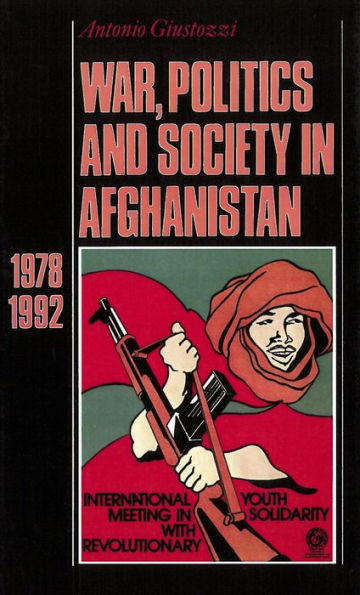Table of Contents
Introduction
The Limits of 'Sovietization'
1. The original social base of the 'Democratic Republic' and its transfromations
2. Difficulties in the implementation of the social program of the Revolution
3. The building up of the social base fo the Saur Revolution and its limits
4. Reluctant concessions and co-optations
The Afghan Regular Armed Forces: Reconstruction, Reorganization and Structural Limits
5. Karmal's 'new model army' and its role in the war
6. The political shortcomings of the armed forces and the party response
7. The efforts to build up quantitatively the armed forces and their limits
8. Attempts to address the strategic problems
9. (In-)Effectiveness of the Afghan armed forces
10. Perverse effects on the army of the transformations caused by the war
The 'Pacification Policy,' 1980-1991
11. The early approaches
12. The first political strategy of 'pacification'
13. The National Reconciliation
14. Overall considerations on the policy of 'pacification'
The Role of the Militias
15. Origins of the militia system
16. The rise in importance of the militias
17. The place of the militias in the economy of the war
18. Perverse effects of the spread of the militias
19. Conclusion: The Fall of Najibullah
20. The aftermath: Afghanistan's disintegration
Appendixes
A. Statistical Tables
B. Maps
C. Graphs
Bibliography
Index



